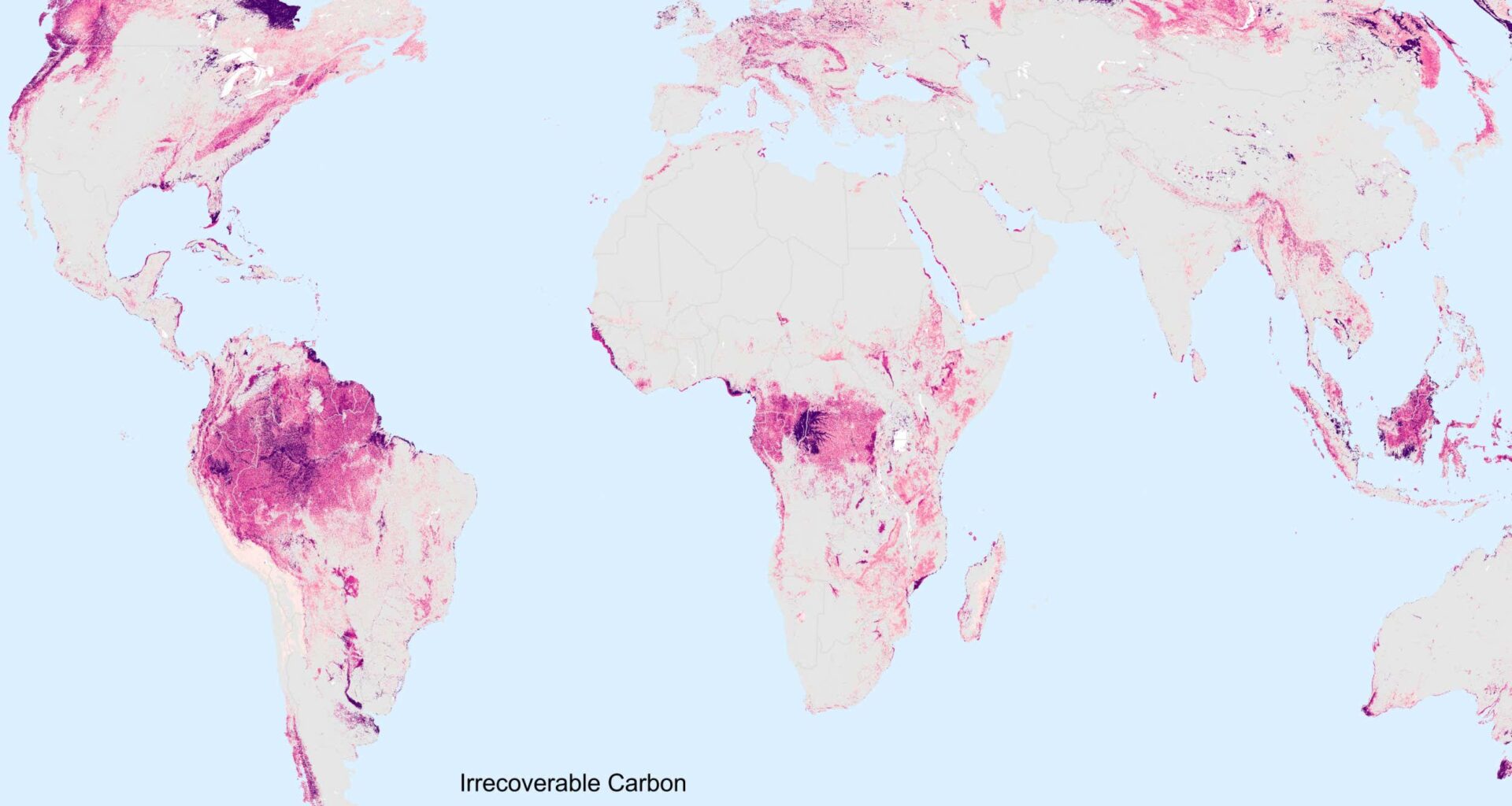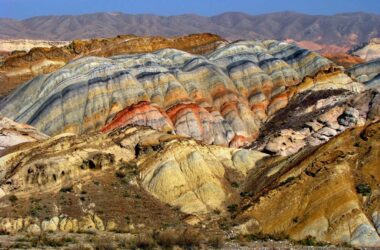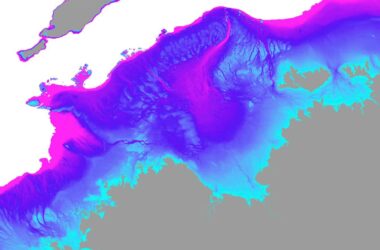A new study has revealed that only 23% of the Earth’s most crucial carbon storage ecosystems are protected. The study provides valuable information about these carbon stores, which can help in crafting initiatives to safeguard them from development while also protecting biodiversity.
Various ecosystems, such as forests and peatlands, store carbon. However, when these ecosystems are degraded for commercial purposes like agriculture, significant amounts of carbon are released into the atmosphere, contributing to global warming.
This released carbon takes a long time to be stored again, making it irrecoverable carbon. The world needs to achieve net-zero emissions by 2050 to mitigate the worst impacts of climate change, and any carbon that cannot be recovered by then will pose a problem.
To map the areas of irrecoverable carbon globally, Monica Noon, an expert at Conservation International, and her colleagues collected and analyzed various carbon storage datasets.
The study revealed that 50% of the planet’s irrecoverable carbon is concentrated on just 3.3% of its land. The highest concentrations of these carbon reserves are found in areas such as the peatlands and forests of the Amazon and Congo basin, the forests of North America and Siberia, and mangroves and wetlands in other parts of the world. Shockingly, less than a quarter of these lands fall under protected status.
Identifying these hotspots of irrecoverable carbon is crucial as it can encourage nature-based solutions to address climate change. Short-term approaches might involve paying governments to reduce deforestation, while long-term strategies could focus on strengthening the rights of Indigenous people who are responsible for over a third of the land containing irrecoverable carbon. Additionally, financing the expansion of protected areas worldwide is another viable solution.
Monica Noon emphasizes that 87% of biodiversity overlaps with high irrecoverable carbon areas, providing an opportunity to protect these areas and achieve simultaneous benefits for biodiversity and climate.
Topics:








